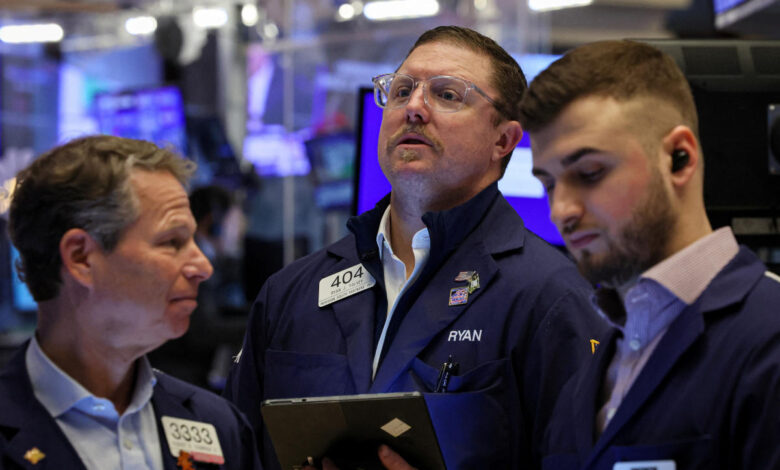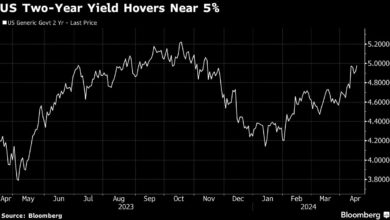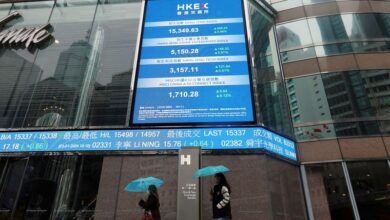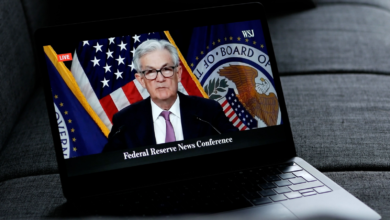US futures rise as nerves settle after Iran attack

US stock futures rose on Monday as worries over the fallout from Iran’s attack on Israel eased, allowing focus to return to earnings season and inflation risks to rate-cut hopes.
S&P 500 (^GSPC) futures added 0.4%, while Dow Jones Industrial Average (^DJI) moved up roughly 0.3% after ending the week with sharp losses. The tech-heavy Nasdaq 100 (^NDX) led gains, with futures up 0.5%.
Calm is returning as investors shrug off initial concerns of a full-blown war in the Middle East after Iran’s direct missile and drone strike on Israel on Saturday. Efforts by the US to encourage Israel not to retaliate have helped settle nerves, in part given the well-telegraphed attack allowed damage to be contained.
Stocks have come under pressure as earnings season got off to a lackluster start and concerns persist that inflation has stalled in cooling to the Federal Reserve’s 2% target. Traders have scaled back bets on the depth of Fed interest-rate cuts this year in the face of disappointing economic data.
Eyes are now on results from Wall Street heavyweights Goldman Sachs (GS) and Charles Schwab (SCHW) later on Monday, given many investors are looking to corporate results to revive the early 2024 equity rally.
In commodities, oil prices fell about 1% on Monday after rising ahead of Iran’s air strike. West Texas Intermediate crude futures (CL=F) trading at just below $85 a barrel and Brent futures (BZ=F) above $89.
Meanwhile, the 10-year Treasury yield (^TNX) added four basis points to trade near 4.57%, coming back from a sharp fall on Friday to eye a return to last week’s five-month high. Fellow safe haven gold (GC=F) was 0.3% lower, after gaining as much as 1.2% last week as Middle East tensions escalated.
Live2 updates






